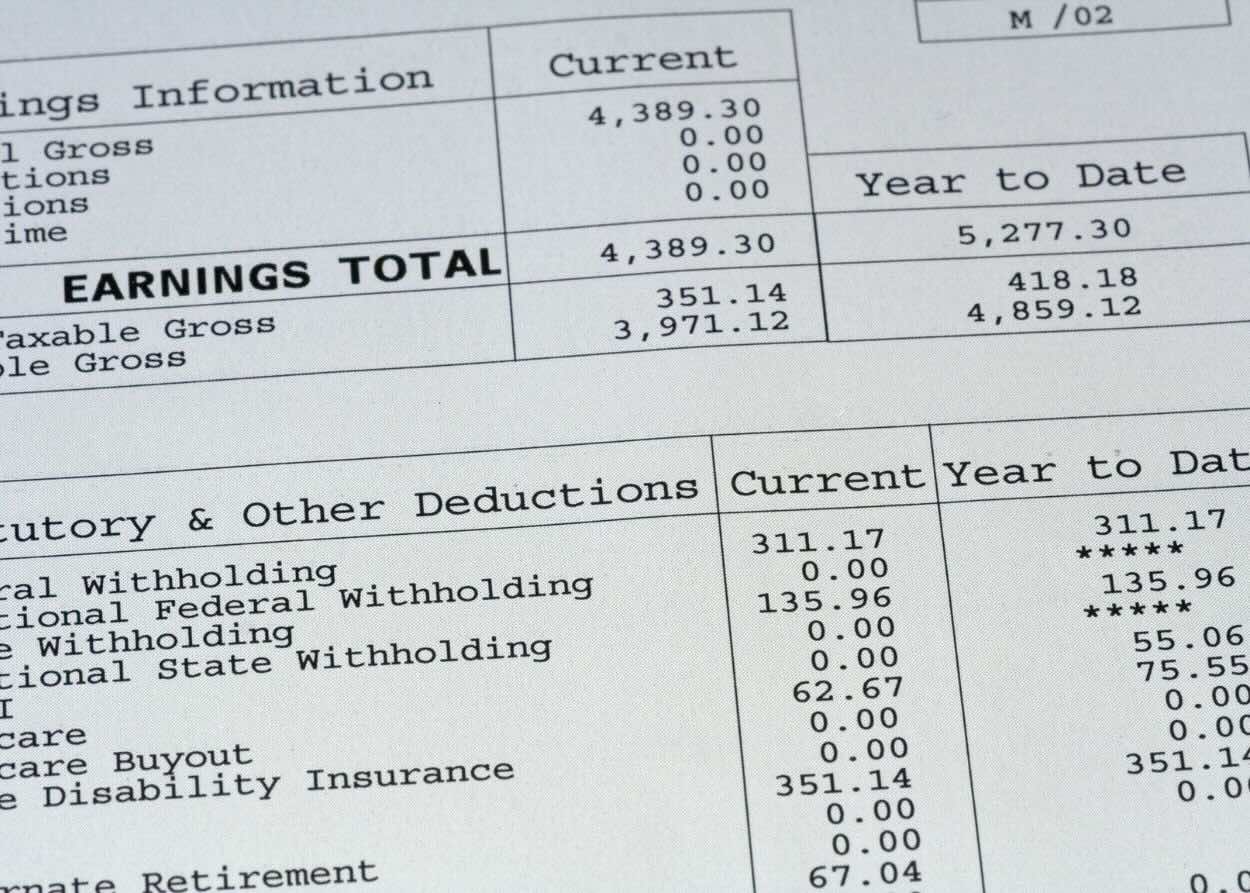How to Document Workplace Discrimination
In the complex landscape of employment law, having proper documentation of workplace discrimination is often the difference between a successful case and a dismissed complaint. At Dolce Law PLLC, we’ve represented employees in discrimination cases throughout New York, and we consistently find that thorough documentation strengthens a case significantly.
Why Documentation Matters
Documentation creates a paper trail that serves multiple purposes:
- It establishes a timeline of events
- It demonstrates the pattern and severity of discriminatory behavior
- It provides objective evidence beyond “he-said-she-said” disputes
- It shows you took reasonable steps to address the situation
- It can help identify potential witnesses
Without proper documentation, your case may rest solely on your recollection of events against your employer’s version—a challenging position when seeking justice.
What to Document
Discriminatory Incidents
Record every instance of discrimination with as much detail as possible:
- Date, time, and location
- Exactly what was said or done
- Who was involved (perpetrators and witnesses)
- How the incident made you feel professionally and personally
- Any immediate consequences to your work or workplace relationships
Don’t filter or self-censor. Document everything that seems related to the discrimination, even if you’re unsure of its relevance. Legal professionals can help determine what matters most to your case later.
Performance Reviews and Feedback
Keep copies of:
- All performance evaluations
- Email feedback (positive and negative)
- Commendations or awards
- Records of completed projects and contributions
- Disciplinary actions
If you believe you’re receiving negative evaluations due to discriminatory reasons rather than performance issues, it’s important to have documentation of your actual work product and contributions.
Comparator Evidence
Document how others in similar positions but of different protected characteristics (race, gender, age, etc.) are treated:
- Promotion opportunities given to others but denied to you
- Assignment of desirable projects or accounts
- Access to training or development opportunities
- Different standards for performance, attendance, or conduct
This comparative evidence can be crucial in establishing discriminatory treatment.
Company Policies and Employee Handbooks
Maintain copies of:
- The employee handbook
- Written policies related to discrimination and harassment
- Procedures for reporting complaints
These documents establish what the company has committed to regarding workplace equality and proper conduct.
How to Document Effectively
Keep a Detailed Journal
Maintain a dedicated notebook or digital document where you record incidents promptly:
- Update it as soon as possible after each incident
- Be specific and factual in your descriptions
- Include your emotional reactions but distinguish between facts and feelings
- Note potential witnesses to each incident
This contemporaneous record carries more weight than memories recalled months later.
Preserve Communications
Save all relevant communications in a secure location outside your workplace:
- Forward work emails to a personal account (if not prohibited by policy)
- Take screenshots of digital messages
- Make copies of written notes or memos
- Record dates and summaries of in-person conversations or phone calls
Remember that electronic communications on company devices may be monitored and could disappear if you lose access to your work accounts.
Report Through Proper Channels
Follow your company’s procedure for reporting discrimination:
- Submit complaints in writing and keep copies
- Send follow-up emails summarizing verbal conversations
- Document the company’s response (or lack thereof)
- Keep records of any investigation conducted
Using official channels creates additional documentation and demonstrates that you gave your employer an opportunity to address the situation.
Medical and Therapy Records
If the discrimination has affected your health:
- Keep records of medical visits related to stress, anxiety, or other symptoms
- Document prescriptions for conditions stemming from workplace issues
- Preserve therapy notes that reference workplace discrimination
- Track any medical leave taken due to the hostile environment
These records can establish the real harm caused by discriminatory treatment.
Practical Tips for Gathering Evidence
Be Discreet
While documenting discrimination, be mindful of:
- Company policies regarding recording conversations
- Privacy expectations in the workplace
- Confidentiality obligations regarding client or proprietary information
Gather evidence carefully to avoid giving your employer legitimate grounds for discipline.
Involve Trusted Colleagues
If appropriate:
- Ask supportive colleagues if they witnessed discriminatory incidents
- Request written statements when possible
- Note when others have experienced similar treatment
Witnesses can significantly strengthen your case.
Use Your Smartphone Strategically
Your phone can be a powerful documentation tool:
- Take photos of physical evidence (like offensive materials posted in the workplace)
- Save voicemails or text messages
- Note times and dates of calls
- Use note-taking apps for immediate documentation after incidents
Just be aware of legal restrictions regarding recording conversations in your state without consent.
When to Seek Legal Help
While documentation is crucial, knowing when to consult an attorney is equally important:
- When discrimination first becomes apparent and persistent
- After reporting to HR or management with no resolution
- If you face retaliation for reporting discrimination
- Before signing any severance agreement or release
Early legal consultation helps ensure you’re gathering the right evidence in the right way.
Final Thoughts
Documentation isn’t just about building a potential legal case—it’s about protecting yourself professionally and personally during a difficult workplace situation. Thorough records help clarify your experience and can provide validation that what you’re experiencing is real and unacceptable.
At Dolce Law PLLC, we’re committed to helping employees throughout New York stand up against workplace discrimination. Contact us for a confidential case evaluation to discuss your situation and documentation. Remember: your vigilance in documenting discrimination now could help you get justice later.




